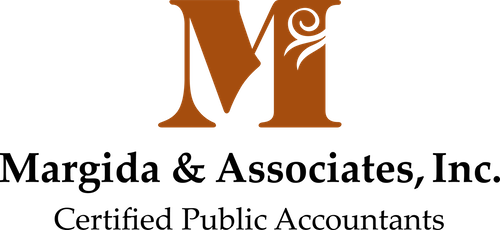Tax Savings Options for 2019
Charitable Contributions
Due to the $10,000 cap on the state and local tax deduction and the removal of miscellaneous itemized deductions, sufficient charitable contributions are now more important than ever for bulking up itemized deductions.
A donor-advised fund could be set up, which would allow the taxpayer to take a bulk-deduction for charitable contributions that will be made out of the fund over a number of years.
For instance, you could put $100,000 in a donor-advised fund and take the full charitable contribution deduction in the year you contribute and then donate $10,000/year to the charities of your choice over the next 10 years.
Profit Sharing / Employee Bonuses
Profit sharing of up to 25% of wages and/or employee bonuses can be used to lower the corporation’s net income for the year.
Profit sharing, when combined with another defined-contribution plan (such as a 401(k)), can allow the taxpayer to put as much as $56,000 per year ($62,000 with catch-up) into tax-deferred retirement plans.
Deadline to set up the plan is December 31.
Defined-Benefit Plan
Defined-benefit plans allow contributions of up to the lower of $225,000/per employee or 100% of average compensation for the three consecutive years of highest compensation.
Requires an actuarial evaluation to determine the maximum allowed contribution.
Deadline to set up the plan in December 31.
HSA Contributions
If the taxpayer is covered under a high deductible health plan they can make tax-deductible contributions to an HSA plan that can be used for qualifying medical expenses.
NOTE – The deduction is on the personal tax side, not the corporate side. Any employer contributions to a greater-than-2% shareholder’s HSA cannot be expensed on the corporate return.
Fixed Asset Purchases
Any fixed assets (equipment, furniture, etc.) purchased and placed in service before the end of the year are eligible for 100% Bonus Depreciation or Section 179 deduction. This includes Qualified Improvement Property and certain types of company vehicles (luxury vehicles have additional depreciation limitations.
The purchased item does not need to be new, purchases of used items are eligible as well (they just need to be “new to you”).
Additional Payroll (Adding children and/or spouses)
Adding your children to the payroll will reduce your taxable business income.
Minor children with earned income can also begin contributing to their own IRA.
Each child can contribute a maximum of $6,000 to either a traditional or Roth IRA.
For 2019 the maximum amount of earned income that a dependent child can have without being required to file a tax return is $12,200. (Note – if they also have unearned income they must still file a return if their unearned income is over $1,050).
Example: If the dependent child does not have any unearned and they contribute $6,000 to a traditional IRA, they can have up to $18,000 of earned income before they would owe any Federal taxes (Ohio taxes will still be applicable).
NOTE – If the child contributes to a Roth IRA the tax-free income limit is $12,000.


![Have Income from Rental Properties You Own? [Kiplinger]](https://images.squarespace-cdn.com/content/v1/5a021d62a9db09319c930864/1572547845606-BI9H3B2NPFF9TKIK2X09/architecture-1836070_1280.jpg)
